Request a Catalog

Amphibious Raids: 31st MEU Golf Company Provides Lethality from Sea
The 31st Marine Expeditionary Unit patrols the Indo-Pacific region, ready to respond to any threat with swiftness and lethality. As the only continuously forward deployed MEU, they require units that specialize in self-sufficient and rapid deployment. Golf Company, Battalion Landing Team, 2nd Battalion, 1st Marines, fills this requirement as the MEU’s amphibious raid company.
Golf Company is comprised of around 150 Marines who deploy from ship to shore in combat rubber raiding craft. Utilizing these CRRCs, the company can rapidly deploy infantry to raid an enemy stronghold. The intention of these raids is to attack an objective, complete the mission and leave before the enemy can react. While other companies may require other units’ helicopter or mechanical assets for transportation, Golf Company can attack from and return to a ship in the CRRCs that they have mastered conducting raids with.
The company spent five months training prior to deployment to become experts in amphibious raids and reconnaissance. With training in Coronado, California, the mechanics, coxswains, combat swimmers, combat assault climbers and raid force Marines of Golf Company underwent specialty schools to become familiar with CRCCs and other technical aspects of amphibious operations. According to Staff Sgt. Anthony N. Stea, the chief coxswain with Golf Company, this training makes the company flexible, efficient and able to execute amphibious raids while deployed with the MEU in the Pacific.
“We don’t need support to get to an objective,” said Stea. “Within our own company, we have the Marines to operate the boats, maintain the boats, provide reconnaissance and execute the raids.”
A coxswain is the Marine in charge of the CRRC. Training for two months, they learn how to navigate the water and control the boat in order to ensure the safety of the Marines in their CRRC.
“Often people tend to think of coxswains as no more than boat drivers, but they are much more than that,” said Stea. “It is understanding how to land and get the raid force on the beach without being detected. It goes into launching off the back of a ship safely and how to recover the CRRCs onto the ship. Every person and piece of equipment in the boat is the responsibility of the coxswain, and it is our job to get them to shore and back to the boat safely.”
Boat mechanics were the first Marines to attend school in Coronado. The course is two and a half months of classroom and practical application training. Before deployment with the MEU, the Marines learn preventative maintenance and engine repair. These mechanics are integral to keeping the company operational, according to Lance Cpl. Jonathan P. Painter, the chief mechanic with Golf Company.
“I am in charge of 12 mechanics, whose job is to perform maintenance on the engines before, during and after raids,” said Painter. “If an engine has issues on the water, we are able to fix it. We use everything at our disposal to make sure the mission gets done.”
Another essential asset to the raids are the assault climbers of Golf Company. Their school, a one and a half month course, makes these Marines experts in traversing cliffs, steep earth and urban climbing obstacles, enabling the company to attack from avenues that the enemy least expects, according to Lance Cpl. Dylan M. Thompson, the chief assault climber with Golf Company.
“Raids are often conducted in areas the enemy doesn’t want to be in,” said Thompson. “Many of the situations we operate in will include cliff faces or similar terrain features, and we provide the ability to navigate over those obstacles and get to the objective.”
While on a raid, the company employs scout swimmers to move ahead of the main force. They participate in three weeks of physically demanding training. Once in the water, they carry minimal equipment in order to move quickly, conduct reconnaissance and mark surf patterns and possible obstacles so the coxswains know where to orient the CRRCs.


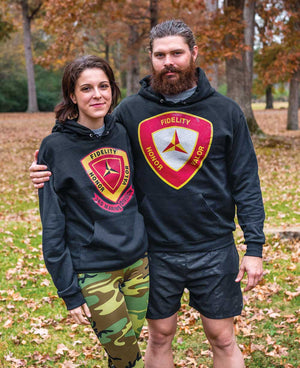
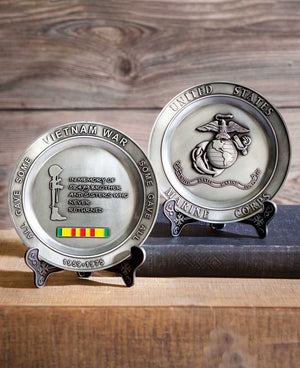
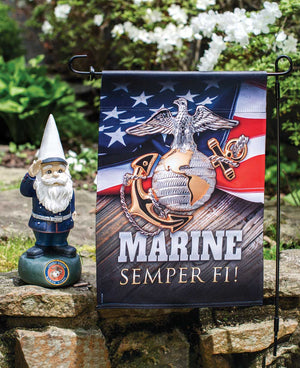
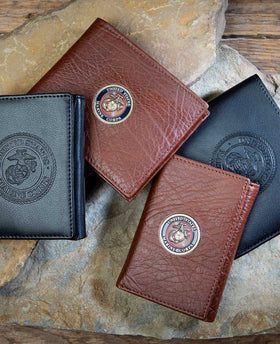
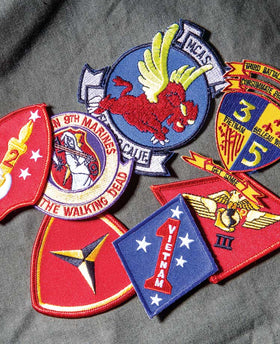
Comments
Leave a comment